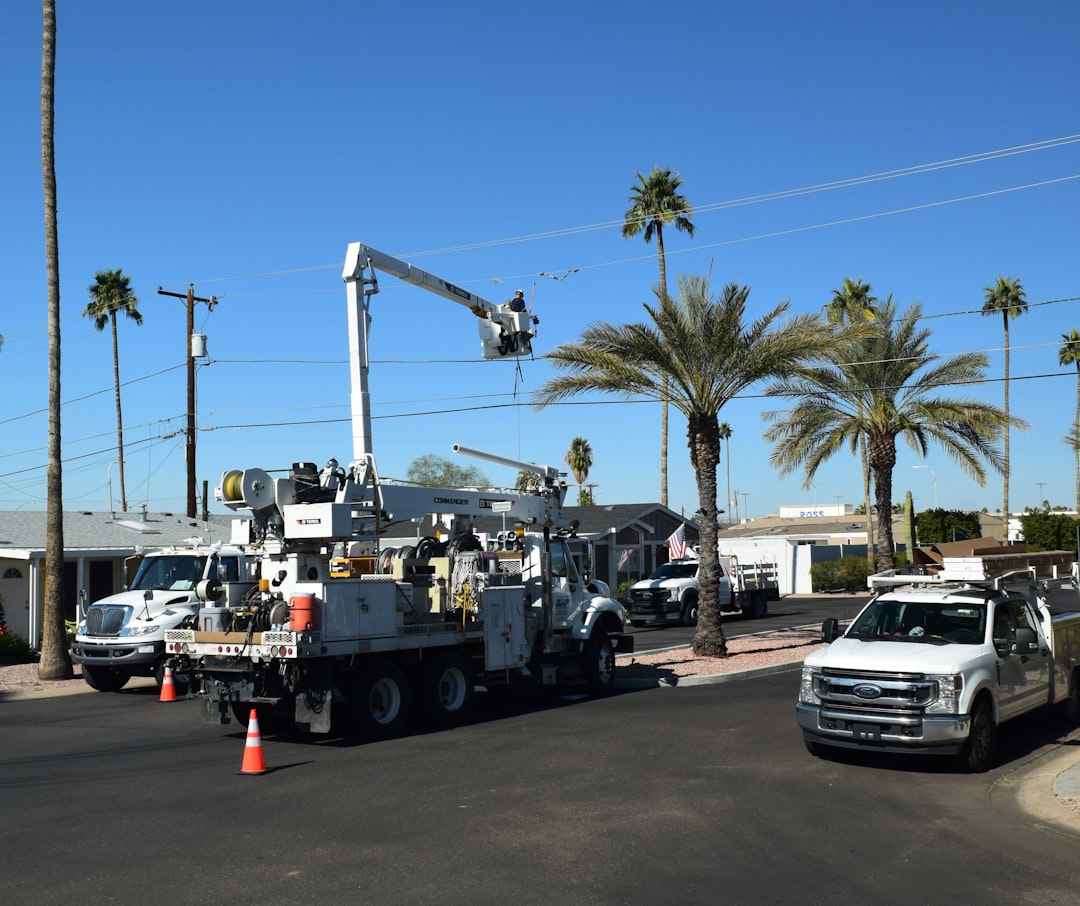Powering the Future: San Diego Electrical Vehicle Chargers for Every Home
With the rise of electric vehicles, San Diego homeowners are increasingly seeking reliable solutions for home charging. Installing a Level 2 charger typically costs between $1,960 and $3,230 before rebates. CountBricks offers AI-driven tools to streamline the installation process, ensuring compliance and efficiency.
Why San Diego Homeowners Are Upgrading Now
- Electricity rates favor nighttime charging, reducing monthly fuel costs.
- State rebates for home charger installations are increasing.
- Homes with EV infrastructure see rising property values.
- Local ordinances encourage electrification and carbon reduction.
- Convenience of avoiding public charging stations during peak times.
Understanding Residential Charger Levels
Level 1: Standard Outlet
Ideal for hybrid vehicles or light daily driving, offering 2-5 miles of range per hour.
Level 2: 240-Volt Hard-Wired or Plug-In
The most common choice, providing 10-30 miles of range per hour. Recommended for fully electric vehicles.
DC Fast Charging
Rarely installed in homes due to cost and power demand, but suitable for multifamily garages.
Pre-Construction Considerations
- Service panel capacity: May require an upgrade to 200 amps.
- Load calculations: Accurate modeling of demand before work begins.
- Charger location: Options include wall-mount, post-mount, or ceiling drop.
- Conduit path: Short runs minimize voltage drop and labor hours.
- Utility incentives: Programs can offset equipment or upgrade costs.
The CountBricks End-to-End Installation Process
1. Real-Time Voice Estimate
Describe your project for a preliminary quote in minutes.
2. AI Blueprint Takeoffs & 3-D Layout
Upload plans for optimal charger placement recommendations.
3. Fixed-Price Proposal
Receive a detailed proposal with transparent pricing.
4. Permit & Utility Coordination
CountBricks handles permits and inspections, keeping you informed.
5. Professional Installation
Licensed electricians install equipment per NEC standards.
6. Commissioning & App Walk-Through
Verify voltage, update firmware, and connect to your smartphone.
Cost Breakdown for San Diego Electrical Vehicle Chargers
- Level 2 charger unit: $650 – $1,250
- 40-amp breaker & wiring: $180 – $350
- Conduit, connectors, fasteners: $70 – $150
- Permit & inspection fees: $160 – $280
- Labor (2 electricians, 1 day): $900 – $1,200
Total typical project range: $1,960 – $3,230 before rebates.
Local Codes and Best Practices
- Adherence to California Electrical Code 2022
- GFCI protection within dedicated branch circuit
- Conduit secured every 3 ft and within 12 in. of each box
- Load management devices for high demand
Future-Proofing Your System
Consider installing additional conduit or oversized wire for future expansions like solar or battery storage.
Environmental and Financial ROI
Charging at off-peak rates can save $1,200 annually, with utility rebates up to $500 per charger.
Case Spotlight: La Jolla Cliffside Residence
A panel upgrade and optimal conduit routing saved $2,100 in labor, with the charger live in four days.
Ready to Plug In?
Explore professional installation options for San Diego electrical vehicle chargers with CountBricks. Visit CountBricks.com for more information.
Beyond the Charger: CountBricks Electrification Roadmap
Installing a Level 2 unit is the first step in a broader sustainability journey. CountBricks integrates solar PV, battery storage, and smart home controls for a fully optimized energy ecosystem.
Three-Phase Residential Strategy
- Immediate Needs: Load calculations and breaker upgrades.
- Mid-Term Enhancements: Verify inverter compatibility for solar.
- Long-Term Resilience: Home batteries and bi-directional chargers for outages.
Pro Tips for Homeowners
- Schedule installations during off-peak pricing.
- Opt for chargers with load-sharing capability.
- Paint conduit to match exterior finishes.
- Ensure reliable Wi-Fi for charger updates.
- Save digital as-built packets for future permits.
CountBricks Success Metric
With a 98.7% first-visit inspection pass rate, CountBricks ensures fewer delays and faster rebates. Visit CountBricks.com for more examples.
Take the Next Step
Contact CountBricks for scalable solutions backed by transparent pricing and technology. Transform your garage into a personal fueling station.

